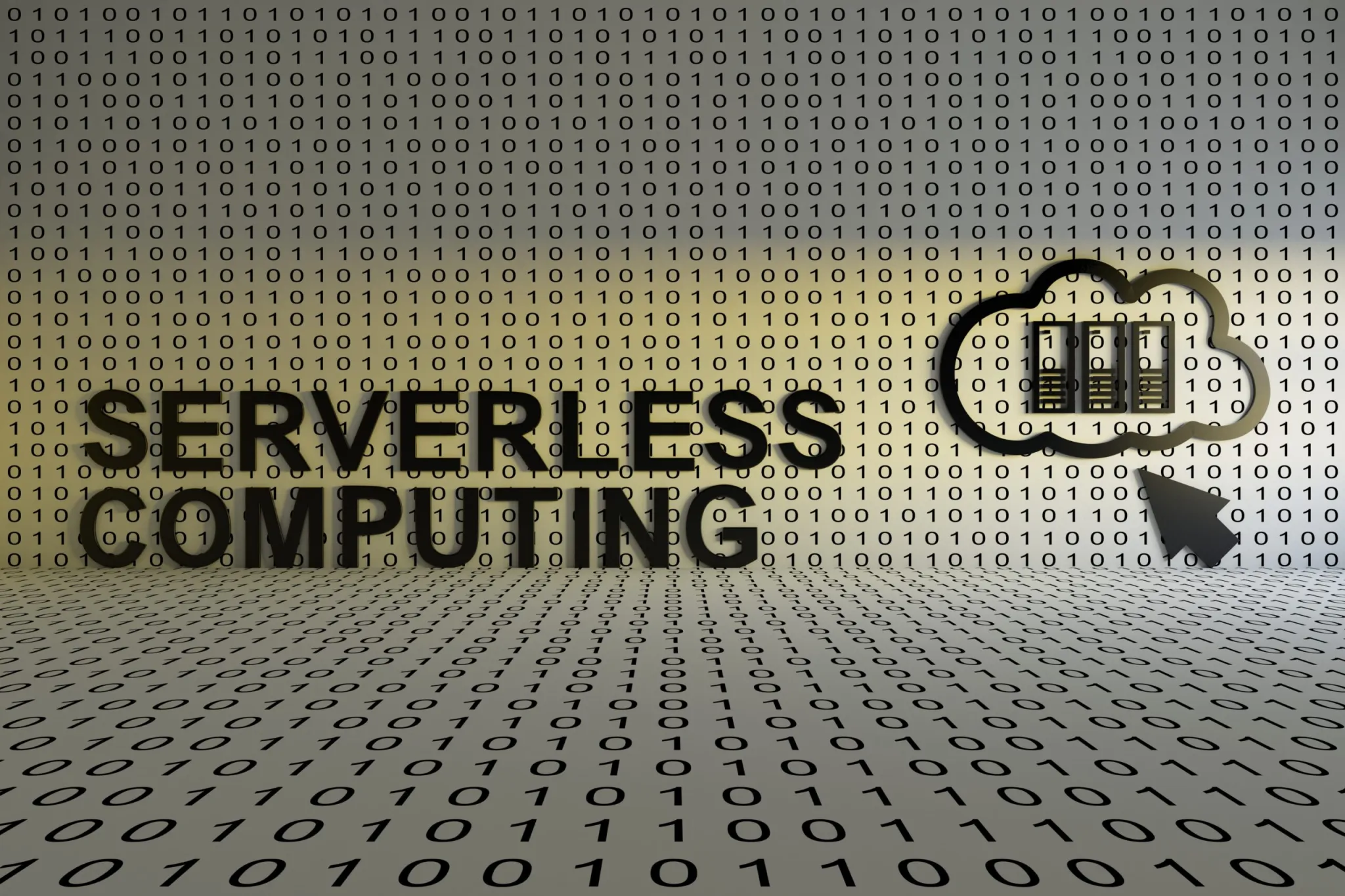
Remember when every company needed its own server room? Today's world looks completely different. Discover the history of infrastructure evolution - from physical servers through cloud computing to serverless. Learn about breakthrough moments, challenges, and lessons that taught us smarter approaches to infrastructure.
The Evolution of Infrastructure
In the beginning, it was simple - you bought a server, put it in a server room, and prayed it would work. Then came the era of shared and dedicated hosting. Finally, cloud computing arrived and changed the rules of the game. But serverless brought the real revolution.
Let’s say it’s 2012. You have a great idea for an application and want to deploy it. You buy a server, configure it, install the operating system, secure it… And then you start worrying: Will the server handle the load? Are the disks properly backed up? What about monitoring? The list of things to handle seems endless.
When Everything Changed
The breakthrough came when Amazon introduced AWS Lambda in 2014. Suddenly, it became possible to deploy code without worrying about servers. Google and Microsoft quickly joined the game with their solutions. This was the moment when many developers and companies realized - infrastructure could be simple.
Serverless: Challenges and Concerns
But not everything was rosy. Questions and concerns emerged:
- “What about vendor lock-in? Won’t we become too dependent on one provider?”
- “How will we debug problems if we don’t have access to servers?”
- “What about costs? Won’t we pay more with high traffic?”
- “Cold start? What is it exactly, and won’t it ruin user experience?”
Temptations and Pitfalls
It’s easy to fall into the trap of thinking that serverless is a magical solution to all problems. It’s tempting to move everything to serverless without thinking through the architecture.
I’ve heard of teams trying to migrate monolithic applications one-to-one to serverless - such approaches rarely end in success. I know cases of companies that were surprised by high costs after migrating to serverless. In the DevOps community, there are many stories about startups receiving end-of-month bills exceeding their monthly revenue because they poorly estimated resource usage and didn’t set appropriate limits.
What We’ve Learned About Serverless
After years of experience with serverless, we can draw several key conclusions:
Serverless works great for:
- Asynchronous processing
- Applications with irregular traffic
- Rapid prototyping and MVPs
Serverless might not be the best choice for:
- Applications requiring very low latency
- Systems with predictable, constant load
- Applications requiring long-term processing
Common practices when implementing serverless:
- Projects considering microservices architecture
- Cost monitoring system operating from deployment start
- Architecture taking platform limitations into account
- Solutions optimizing cold starts
- Action plan regarding vendor lock-in
Where Are We Today?
Serverless has matured. It’s no longer just a trendy buzzword but a proven solution with clearly defined use cases. We have various platforms to choose from:
- AWS Lambda - pioneer and market leader
- Google Cloud Functions - great integration with Google ecosystem
- Cloud Run - for those who prefer containers
- Azure Functions - Microsoft’s alternative
- Other services including databases like BigQuery
Each of these platforms has its strengths and limitations. The choice depends on specific project needs.
What’s Next?
Serverless continues to evolve. Cloud providers are working on:
- Reducing the cold start problem
- Better debugging tools
- New pricing models
- Multi-cloud solutions
- Local function running capabilities
One thing is certain - serverless computing has changed how we think about infrastructure. It’s no longer about managing servers but focusing on creating value for users and building functionality.
Summary
Serverless isn’t a silver bullet solving all problems. It’s a powerful tool that - when used appropriately - can significantly simplify application development and reduce operational costs. The key is understanding when and how to use it.
If you’re considering serverless, ask yourself:
- Does my usage pattern fit the serverless model?
- Am I ready for changes in how I think about architecture?
- Does my team have the right competencies?
Answers to these questions will help you make the right decision and avoid typical pitfalls in serverless implementation.
If this article was helpful, subscribe to my newsletter. Every week I share practical tips on how to grow in IT while maintaining work-life balance and taking care of your mental health.

 Github
Github
 Linkedin
Linkedin